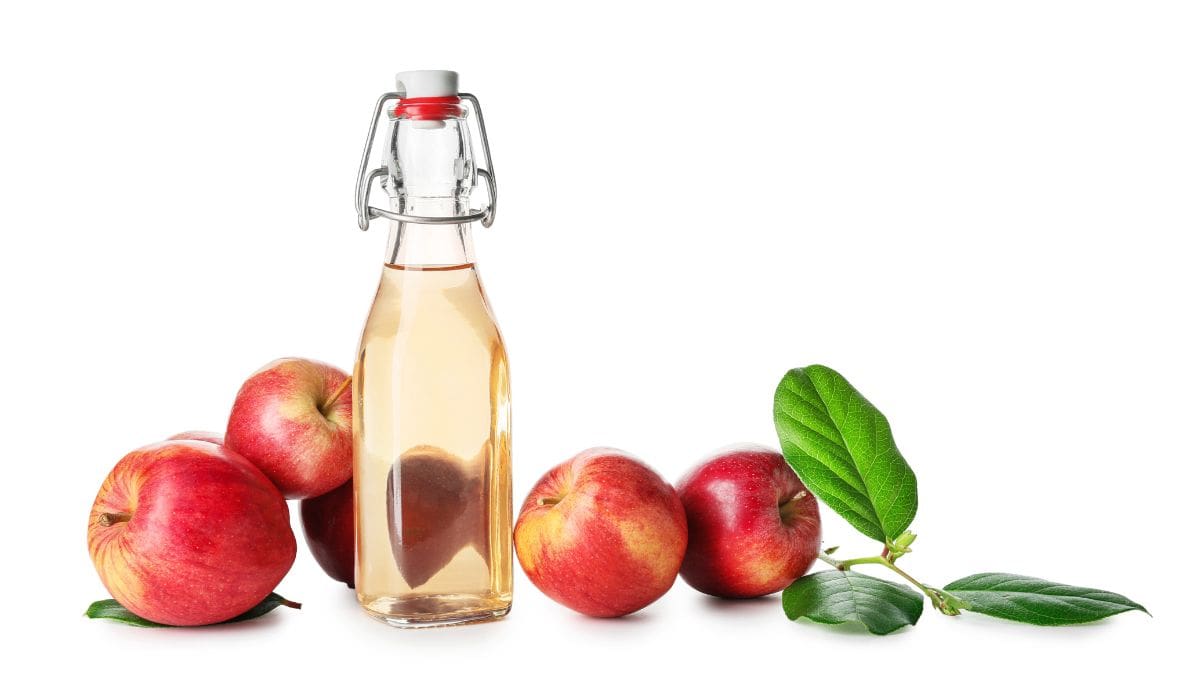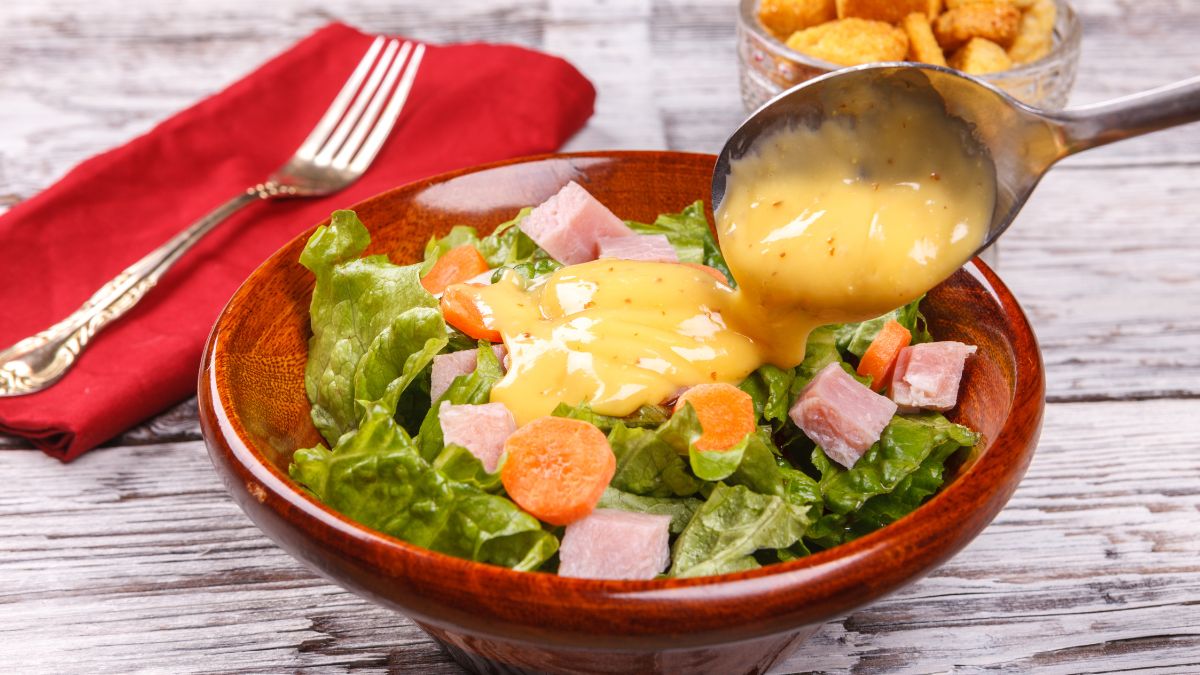Answer: Yes. Malic Acid is found in some fruits like apples, which makes it suitable for vegans.

Many food and beverages, or even cosmetics, contain Malic Acid as its sourness and acidic content contribute to the enhancement of both human skin and food.
Malic Acid is sour in taste, which makes it more useful in the process of making food, drinks, medicines, and cosmetics. To put it simply, Malic Acid contributes to the sourness in fruits and is also helpful to those who have dry mouth, acne, and other health issues.
As important as other ingredients in food and drinks that we consume daily, Malic Acid is worth the digging. Let’s see.
Table of Contents
Malic Acid, An Organic Compound
The Malic term is derived from the Latin word Malum, which means Apple.
Malic Acid is one of the fruit acids known as Alpha Hydroxy Acids (AHAs).
In food, Swedish German pharmaceutical chemist Carl Wilhelm Scheele first extracted Malic Acid from apple juice in 1785.
It’s the main acid found in many fruits, such as cherries, peaches, pears, plums, grapes, apricots, blackberries, blueberries, mirabelle plums, and quince.
Unripe apples have a higher concentration of this acid, which makes them sourer than ripe ones.
Malic Acid is also found in most wines, especially since these are made with grapes.
It also contributes to the artificial vinegar flavors of some potato chips that are flavored with salt and vinegar.
Malic Acid is also found in many vegetables, such as carrots, broccoli, beans, peas, and potatoes, among others.
As a food additive, you can see Malic Acid as an ingredient, which is labeled as E296. More often, it’s used in place of Citric Acid, an organic compound but less sour.
Malic Acid Is Vegan-Friendly
Malic Acid is harmless for vegans, especially since it’s sourced or found in many fruits and vegetables.
Although animals also produce Malic Acid through a metabolic cycle, the ingredient used in food is extracted from fruit and vegetables, which makes it vegan-friendly.
Nowadays, synthetically-produced Malic Acid, or one produced in a lab, is commonly used in many food and beverage productions.
It’s widely used in food to prevent discoloration.
While it’s safe for consumption, Malic Acid can irritate the mouth when you eat it excessively. So it’s always good to limit or control your food or drink with Malic Acid content.
Food and Drinks With Malic Acid
Many fruits and vegetables contain Malic Acid, but there are also other store-bought food and beverages that contain this organic compound.
- Candies
- Fruity desserts
- Ice cream
- Soy Yogurt
- Jams
- Jellies
- Iced-tea mix
- Wines
- Sports drinks
- Fruit drinks
- Nectars
- Calcium-fortified drinks
- Apple Cider
- Carbonated and non-carbonated drinks
You can find Malic Acid on most packaging, usually labeled as E296 or the term itself.
Malic Acid in Cosmetics
But it’s not just in food and beverages that we can find Malic Acid. It can also be found in skincare and other beauty products.
- Shampoos
- Body lotions
- Nail treatments
- Acne and anti-aging products
Malic Acid in skincare products helps hydrate the skin, exfoliate or remove dead skin cells, improves tone and smoothness, and reduces wrinkles.
Since Malic Acid has a natural acidic property, it works great as a dandruff remedy. Its acidic nature fights bacteria that cause the hair follicles and dirt to build up.
Others would wash their hair using apple cider vinegar at least twice weekly for better hair growth.
It’s commonly used in cosmetics to adjust pH levels.
Malic Acid is also found in most anti-aging creams due to its ability to cleanse and rejuvenate the skin. One study found that topical Malic Acid can be of huge help in treating skin conditions like acne, premature aging, and eczema.
Most of these skin problems are stress-related, and with the help of Malic Acid, the skin becomes brighter and younger-looking.
However, excessive use of Malic Acid can also cause skin irritation such as redness, swelling, and itching. These happen when there’s a higher concentration of Malic Acid or used for longer periods.
Your skin becomes more sensitive, especially to UVB rays. To avoid any skin issues, you may want to skin test first before using AHAs or Malic Acid.
Malic Acid Helps Aid Fibromyalgia
The causes of Fibromyalgia are still unclear, but some researchers fear that it’s due to low levels of Malic Acid.
People suffering from Fibromyalgia experience sleep disorders, fatigue, muscle pains, and mood issues.
A study showed that 18 people with Fibromyalgia experienced reduced pain and tenderness after they were given higher doses of Malic Acid and magnesium over a longer period of time.
Although it needs further research, some people believe that a significant pain reduction was the cause of taking Malic Acid.
Malic Acid for Kidney Stones
Because Malic Acid is high in citrate and pH levels, it’s believed that it helps treat kidney stones.
When Malic Acid is taken, it increases the urine’s pH and citrate levels, which helps mitigate calcium renal stone disease.
Additionally, its metal chelator property also helps break up gallstones and cleanses the liver.
Malic Acid vs. Citric Acid
Malic Acid and Citric Acid are both organic compounds found in fruits.
While Malic Acid is common in many different kinds of fruits, Citric Acid is almost exclusively found in citrus fruits such as oranges, limes, grapefruits, and lemons.
The human body also produces Malic Acid, found in some citrus fruits.
Both are useful as food additives, although Citric Acid has three carboxylic groups while Malic Acid has two.
Malic Acid is also sourer than Citric Acid despite its higher pH content. This is because the former’s sour sensation in the mouth stays longer than the latter.
This is why Malic Acid works well for those who have a dry mouth feeling because it stimulates or increases saliva production.
It’s also a common ingredient in toothpaste and mouthwashes as it contains natural astringent properties that remove or lessen surface discoloration. Most whitening kinds of toothpaste have Malic Acid in them.
Because Malic Acid is sourer than Citric Acid, many food manufacturers would use the former to modify the sweetness in food with higher intensity sweeteners.
However, many food manufacturers use a combination of both Malic Acid and Citric Acid in their beverages.
Beverages like Dr Pepper, Campbell Soup Company, and Spindrift Beverage Co., among others, use both Malic and Citric Acid for flavor enhancement and modification.
Malic Acid Supplement
There are many Malic Acid supplements for those experiencing dry mouth, fibromyalgia, acne, fatigue, wrinkled skin, and other skin conditions.
It’s also used as an athletic supplement to boost energy and stamina. It improves better iron consumption and oral health.
The National Institute of Health recommends looking for the label with Supplement Facts to know more about the product.
Look for any other active ingredients included in the product and ensure you’re not allergic to it or if it’s suitable for vegans.
Also, you should ensure that the supplement has approval from organizations that conduct and provide rigorous testing.
These third-party organizations don’t guarantee the effectiveness or safety of the product. However, they can assure that the product was properly manufactured, doesn’t contain contaminants, and contains the exact ingredients on the label.
Organizations like NSF International, U.S. Pharmacopeia, and ConsumerLab.com conduct quality testing and provide the seal of approval.
Potential Side Effects
While Malic Acid is common in many fruits and vegetables, excessive consumption causes disturbance and side effects.
This can affect your stomach and digestive tract’s proper regulation. For instance, if you have an upset stomach, health experts suggest that you should avoid food and drinks that are rich in Malic Acid.
Do this for a few days or until you feel well to avoid stomach cramps, gas, and bloating. It also helps mitigate diarrhea.
If you’re suffering from gastrointestinal issues such as GERD, IBS, gastritis, or other acid reflux issues, Malic Acid consumption isn’t a good idea.
Malic Acid produces more gastric acid, which can cause more stomach irritation and damage to your digestive tract.
Other side effects may include loose stools, skin irritation, indigestion, and nausea.
So while Malic Acid helps mitigate skin conditions and other health issues, it’s important to limit or control your consumption.
You can avoid food and beverages that are rich in Malic Acid if you think that you’re not well enough, especially when you’re digestive system isn’t consistent.
The Bottom Line
Malic Acid is sourced and found mostly in fruits and vegetables, which makes it vegan-friendly. It’s widely used in many beverages, food, medicine, and cosmetic products.
Although it’s found in many kinds of fruits and vegetables, Malic Acid is particularly high in apples. I have a detailed write-up about apples in this article if you have more time to check it out.
There are many health benefits and also side effects of Malic Acid. So it’s important to know how and when you should take it to avoid any health issues in the future.




